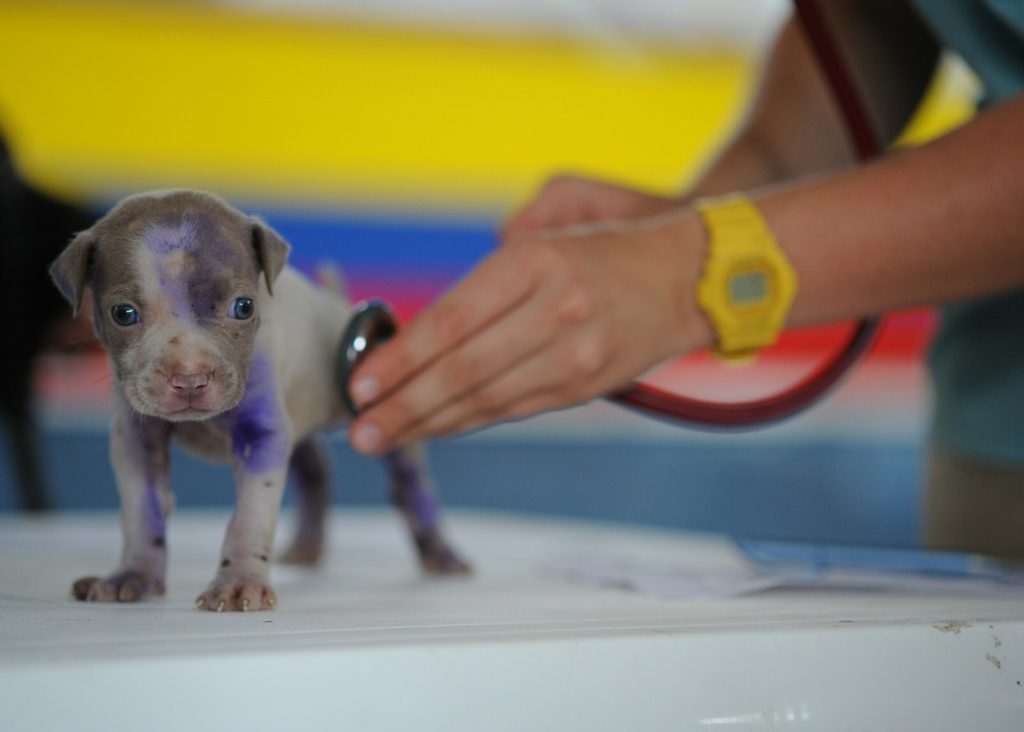It isn’t every day that you see your dog excessively gnawing and scratching themselves. They might have fleas or ticks! Tick bites can cause behavioral and physical problems within your dog. They will adopt erratic behaviors and become sluggish. Fleas and ticks survive by feeding off a host, which can easily be your household pet. Your dog may even have a fever ranging from light to high. Here are some tips on how to quickly detect the signs and what to do when your dog has been infested with them.
What to Do When You Detect a Flea/Tick Problem
Look out for the signs that may lead you to believe your dog has an infestation. Ticks and fleas are painstaking to find as they move quickly. Be sure to check the parts of your dog that he itches the most and be fast. These sneaky creatures have a way of escaping the human eye so it is important to be speedy. Inspect the stomach, armpits, and groin areas. These are one of the areas they attack the most. Remember to always consult a professional before doing anything. This will make sure the process runs smoothly and effectively.
The Option I Recommend:
Highly consider purchasing flea/tick removing shampoo to wash your dog. But also understand that most fleas and ticks do not just exit their hosts after just a shower. You will have to take matters into your own hands and pick them out. You may want to invest in a flea/tick comb as they help you pull out these nesting creatures from the depths of the dog’s hairs. These combs specialize in pulling these tiny creatures out as they are very finely-toothed. Have soapy water ready to drown these pests.
If problems still exist after taking the matters into your hand, contact a professional. In most cases, washing and picking the fleas/ticks off your dog is enough. But, in the chance that it isn’t, take him to your vet. They will know how to take care of the rest of your problems. They will also advise you on how to get those pests off your dear pet and home.
Signs Your Dog May Have Fleas/Ticks
- Unexplainable scabs/hot spots
- Random bumps around their bodies
- Lots of head shaking
- Loss of appetite and/or hair
- Shivering
- Fever
- Restless
- Constantly scratching, biting, licking, and/or chewing
- Concentrated scratching
- If you find ticks/fleas around your household
Health Conflicts from Flea/Tick
As fleas and ticks leach off your dog, your dog will become more susceptible to various health issues and disease. Make sure to educate yourself on what problems may arise before your dog is affected. These parasites can cause your dog to become heavily fatigued and have inconsistent body temperatures. In addition, some dogs can get an allergic reaction from the bites. This can cause skin conditions and discomfort for your dog. In some cases, the loss of blood can even cause anemia. If your dog is young, this condition can be very harmful to your puppy. Be sure to stay aware of the signs and always keep an eye on your dog.
The Double-Check Checklist
Even after all the treatments, cleaning, and picking off the fleas/ticks there are more things to keep in mind. Check your environment and make sure to wash wherever the fleas/ticks may have migrated to. Keep an eye on your dog consistently for about a week after the pest is out of their system. For extra precautionary measure, contact a professional for more advice!



